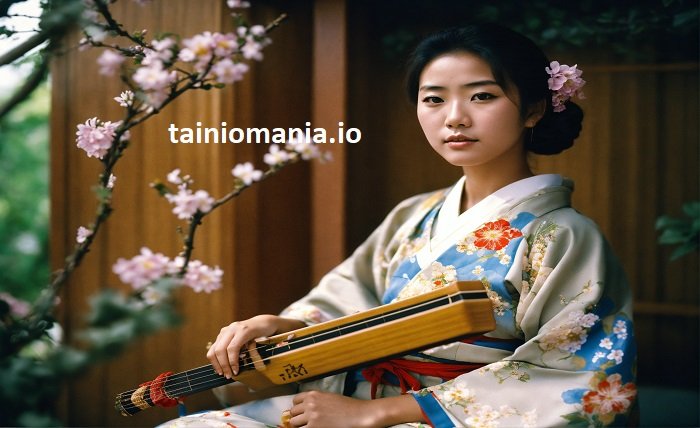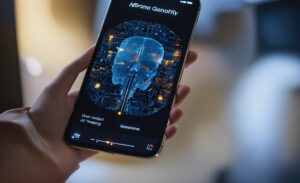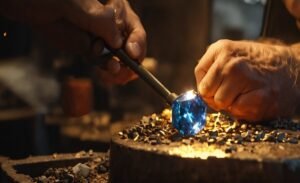Ming entertainment encompasses a rich tapestry of cultural activities that flourished during the Ming Dynasty, one of China’s most culturally prosperous periods. From traditional music and theater to sports and grand festivals, the Ming era offers a fascinating study of both the sophistication and diversity of historical Chinese leisure activities.
1. Traditional Music and Instruments
The Ming Dynasty saw significant developments in music, with the emergence of many instruments that are still cherished today. String instruments like the pipa and erhu were popular, and Ming entertainment often included elaborate musical performances that were an integral part of court and social gatherings.
2. Ming Drama and Theatrical Performances
ThThe theateras a cornerstone of Ming entertainment, with Chinese opera reaching new artistic heights during this period. Plays written and performed during the Ming era, such as those by Tang Xianzu, are revered for their complex characters and intricate plots, reflecting societal themes and human emotions deeply rooted in Confucian morals.
3. Art and Painting
Ming entertainment wasn’t limited to performance arts; it also extended to visual arts. Ming dynasty paintings included detailed landscapes, flower-and-bird paintings, and portraits. These works were not only a form of entertainment but also a means of expression and communication among the educated elite.
4. Festivals and Celebrations
Festivals were a significant aspect of Ming entertainment, featuring dragon boat races, lantern festivals, and more. These events were times of joy and celebration, deeply embedded with cultural and spiritual significance, allowing people from all walks of life to partake in the festivities.
5. Literary Contributions
Literature played a pivotal role in Ming entertainment. The era produced renowned literary works, from poetry to novels, which were often enjoyed in social settings. Literary gatherings were common, where intellectuals and scholars would discuss philosophy, compose poetry, and exchange ideas.
6. Board Games and Puzzles
Board games such as Xiangqi (Chinese chess) and Weiqi (Go) were popular forms of Ming entertainment, enjoyed by both the common folk and the elite. These games were not only a pastime but also tools for strategic thinking and military training.
7. The Role of Tea Culture
Tea culture was integral to Ming entertainment, involving the ritualistic preparation and consumption of tea. Tea ceremonies were social events that allowed for peaceful contemplation and social interaction, significantly enhancing the cultural fabric of the Ming society.
8. Culinary Delights
Culinary arts were a significant part of Ming entertainment, with imperial kitchens creating elaborate dishes that influenced Chinese cuisine profoundly. Banquets and meals were social and gastronomic events, where new recipes were celebrated and traditional ones were perfected.
9. Sports and Martial Arts
Sports and martial arts were vital to Ming entertainment, with practices like archery, horseback riding, and martial arts training serving both entertainment and military purposes. These activities were crucial for physical training and were also popular spectator sports.
10. Influence on Modern Entertainment
The legacy of Ming entertainment continues to influence modern culture, from films and television programs that reenact historical events to festivals that celebrate traditional Ming arts and crafts. This historical richness adds depth and context to contemporary entertainment forms.
Conclusion
Ming entertainment offers a window into the past, providing insight into the daily lives, social structures, and cultural values of the Ming Dynasty. The diversity and richness of entertainment during the Ming era not only enriched its contemporary society but also continued to influence modern forms of entertainment, making it a profound study of cultural continuity and innovation.
FAQ
Q1: What was the most popular form of entertainment during the Ming Dynasty?
Music and theater were among the most popular forms of Ming entertainment, with Chinese opera and musical performances playing a central role in social and cultural events.
Q2: Are there any Ming Dynasty festivals still celebrated today?
Yes, many traditional Chinese festivals that originated during the Ming Dynasty, such as the Dragon Boat Festival and the Lantern Festival, are still celebrated widely today.
Q3: Can I see Ming Dynasty art in museums today?
Absolutely! Many museums around the world house extensive collections of Ming Dynasty art, including paintings, sculptures, and ceramics.
Q4: How did Ming entertainment influence modern Chinese culture?
Ming entertainment has had a lasting impact on modern Chinese culture, especially in the arts, with traditional music, opera, and literary forms continuing to play an integral role in China’s cultural identity.













